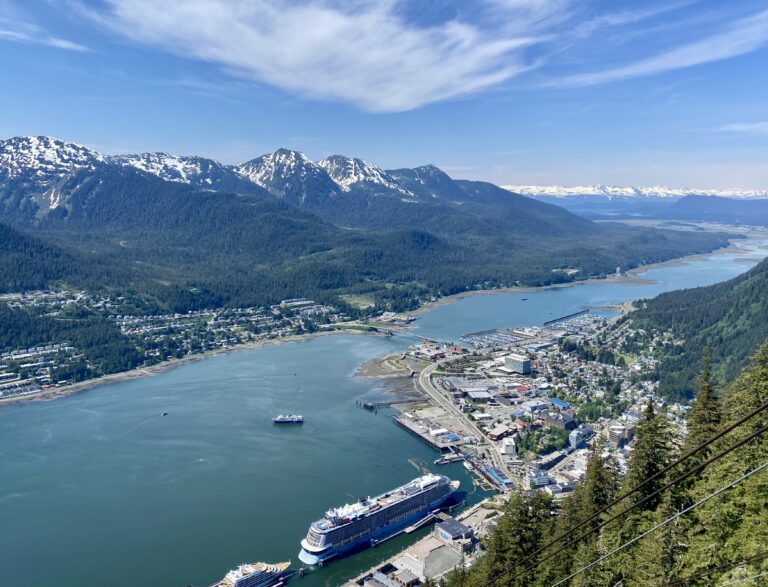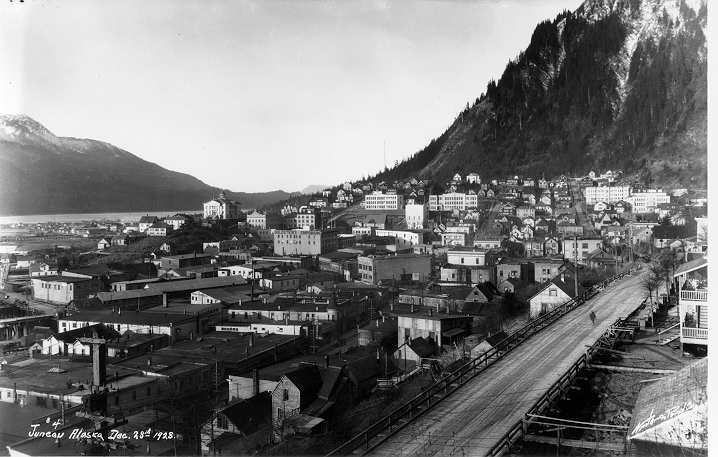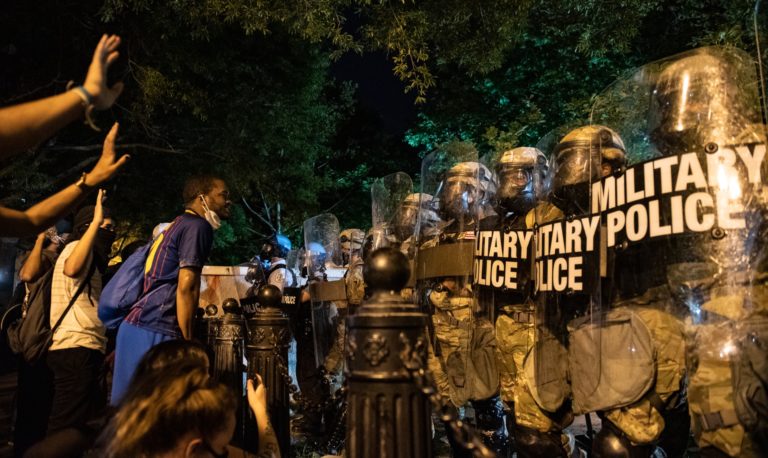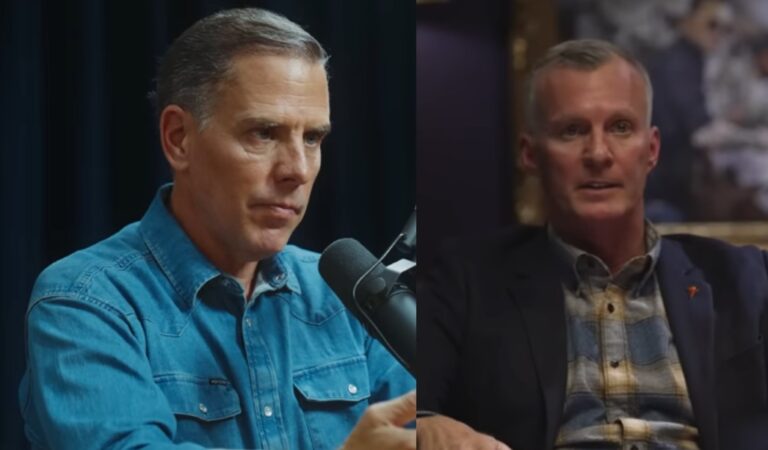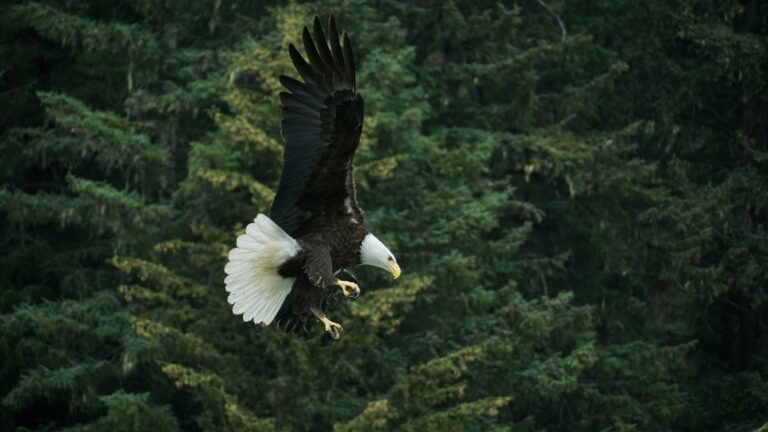By Jim Minnery
Last week, the U.S. Department of Health and Human Services (HHS) released a sweeping, peer-reviewed report that vindicates years of warnings from Alaska Family Council, Christian medical professionals, parental-rights advocates, pro-family groups, and detransitioners like Chloe Cole who was our keynote speaker last week at several events.
For nearly a decade, these voices have been sounding the alarm in legislative hearings, rallies, and expert testimony: puberty blockers, cross-sex hormones, and irreversible surgeries on minors carry profound risks, including sterilization, cognitive impairment, emotional distress, and permanent physical harm.
Alaskan Democrat lawmakers, the ACLU and Planned Parenthood have routinely dismissed those concerns even after the State Medical Board unanimously recommended to the Legislature to stop the procedures. They insisted critics were exaggerating or “fear-mongering.” They pointed to endorsements from powerful medical bodies, the American Academy of Pediatrics (AAP), the American Medical Association (AMA), and the World Professional Association for Transgender Health (WPATH), and claimed they were simply “following the science.”
But last week, HHS confirmed decisively that the science never supported these interventions.
In announcing the findings of Treatment for Pediatric Gender Dysphoria: Review of Evidence and Best Practices, HHS Secretary Robert F. Kennedy, Jr. issued perhaps the strongest federal condemnation yet of America’s gender-medicalization industry:
“The American Medical Association and the American Academy of Pediatrics peddled the lie that chemical and surgical sex-rejecting procedures could be good for children. … They betrayed their oath to first do no harm, and their so-called ‘gender-affirming care’ has inflicted lasting physical and psychological damage on vulnerable young people. That is not medicine — it’s malpractice.”
For years, these organizations claimed the evidence was settled. It was not. They argued that “gender-affirming care” reduced suicide risk. HHS now says the data does not support such claims. Legislators insisted puberty blockers were “completely reversible.” The report confirms they are not. Doctors reassured parents that cross-sex hormones were safe. The federal review found long-term dangers, including irreversible infertility.
Most damningly, the report exposes the poor-quality evidence in the studies the AAP, AMA, and WPATH relied on to justify their guidelines—guidelines Alaskan lawmakers have accepted as unquestionable truth.
National Institutes of Health Director Jay Bhattacharya, MD, PhD, underscored the significance of the review:
“This report marks a turning point for American medicine… . The evidence in it meticulously documents the risks the profession has imposed on vulnerable children. At the NIH, we are committed to ensuring that science, not ideology, guides America’s medical research.”
The federal government has acknowledged what detransitioners, whistleblower clinicians, and parent groups have argued for years: America rushed headlong into an unproven medical experiment, and children paid the price.
Assistant Secretary for Health Brian Christine, MD, voiced the human cost directly:
“What are we going to tell the young people who can’t have children because the medical profession stole that from them? Our report is an urgent wake-up call to doctors and parents about the clear dangers of trying to turn girls into boys and vice-versa.”
That is not rhetoric. It is the lived reality of countless teenagers, including well-known detransitioners like Chloe Cole, who was placed on puberty blockers, cross-sex hormones, and underwent a double mastectomy, all before adulthood. She is now suing Kaiser Permanente for medical negligence.
These stories are not rare. They are multiplying.
While nations such as the U.K., Sweden, Norway, Finland and, most recently, New Zealand, reversed course after evidence reviews similar to HHS’s, blue states continue to push this medical malpractice on minors. Here in Alaska, with turncoat Republicans continuing to give power to the Democrats, no legislative action has taken place. However, with the State Medical Board drafting their own regulations after the Legislature sat on their hands, there is still hope these much needed protections will make it across the finish line soon.
For years, Alaska Family Council has warned lawmakers that these drugs sterilize children, that these protocols lack safety data and that minors cannot consent to lifelong medical harm. We continue to oppose school-based secrecy policies that keep parents in the dark when kids seek to “transition”, radical sex-ed curriculums, and the ideological capture of Alaska’s medical institutions. The new HHS report confirms that these warnings were not “fear-mongering.”
Alaskan politicians can no longer say they “didn’t know.”
After a signal from the Trump administration about pending malpractice action, several major medical systems announced they would halt new pediatric gender-transition procedures.
Why? Because the science is no longer in dispute. Liability is rising. Evidence of harm is undeniable. This new HHS report will only accelerate that retreat.
The HHS report does not merely expose flawed studies or misguided guidelines. It exposes a system, a network of activist-dominated medical organizations, politically motivated legislators, and ideologically driven institutions, that placed children at risk to advance an agenda.
Now the truth is out. The question is whether Alaska will finally listen.
Will our leaders reverse course, or will they continue promoting the very practices the federal government now acknowledges are unsupported, unsafe, and unethical?
For the sake of our state’s children, and for every parent who has been ignored, dismissed, or silenced, we pray Alaska chooses the path of truth.
Because the evidence is clear. The damage is real. And the moment for moral clarity has arrived.
Jim Minnery is Alaska Family Council’s founder and president and is a board member of LifeWise Academy Anchorage.



